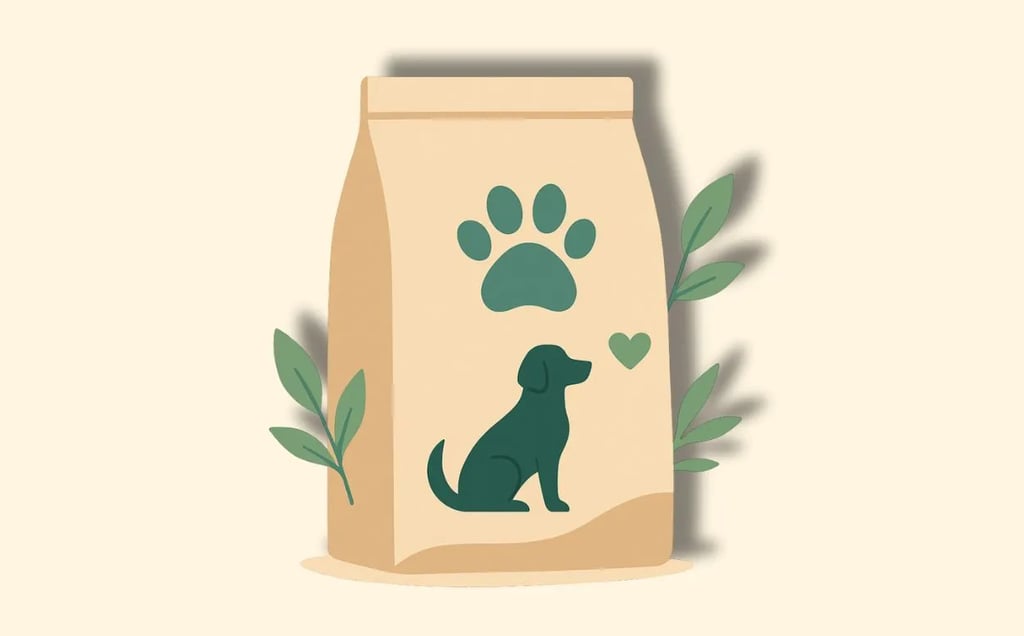Pet Food Packaging Market Size to Hit $17.1B by 2033
Pet Food Packaging Market Size to Hit $17.1B by 2033 as demand rises for sustainable and convenient formats across key markets including North America and Asia Pacific
PACKAGING


The global pet food packaging market is projected to reach $17.1 billion by 2033. According to IMARC Group, the market stood at around $11.8 billion in 2024. Growth is expected to continue at a steady rate, with an estimated CAGR of 4.2% during the period from 2025 to 2033.
Several trends are driving this rise. More people now own pets, especially in cities. That alone has created more demand for packaged pet food in various formats. Owners want food that’s safe, sealed, and easy to store. And with rising concern for the environment, there's also pressure for packaging that can be reused or recycled.
Dry food bags, single-serve containers, cartons, trays, and resealable packs are all part of this shift. Even the way wet food is packed is slowly changing. Most of these formats are now being reviewed or redesigned by companies trying to reduce material waste and carbon impact.
Eco Materials and Smarter Packs in Demand
Plastic is still the most common packaging material used. It’s cost-effective and durable. But it’s not sustainable, and that’s becoming a problem. Paper-based and metal alternatives are now growing faster. Some regions have set tough rules on packaging waste, so brands are under pressure to change.
Several manufacturers switch to recycling and compostable packages. Some are added to renewable materials or coatings that help reduce the use of virgin plastic. Biodegradable lining, plant-based films and simple mono-content formats are being introduced slowly.
Flexible formats — like pouches, sachets, and zip-lock bags — are also getting more attention. These are light, easy to ship, and good for preserving food. They also offer portion control. Wet food is still mostly sold in cans or trays, but some newer brands are using lighter trays or flexible tubs to cut weight and material cost.
Smart packaging is starting to show up more in this market. Some companies now use automated systems and simple AI tools to help with labeling, checking freshness, and managing stock. Barcodes or tracking codes are added to make it easier to follow where a product goes from the factory all the way to the store.
These changes also help customers. People can check more info on the pack, like when it was packed or where it came from.
Regional Trends and Fast Growth in Asia
North America remains the top region for pet food packaging. Pet owners there spend more and expect good quality and safe packaging. Many brands in the U.S. have also started using eco or tech-based packaging earlier than others.
Europe is emerging, pressure from high expenses for strict environmental rules and pet care. The focus is also on reducing the use of brand plastic and turning paper -based solutions where possible.
Asia Pacific is growing faster than both. As incomes rise and more people move into cities, pet care spending is increasing. Packaged food demand is rising fast, and local producers are catching up with global packaging trends. Some of the highest growth in sustainable formats is happening in this region.
Long-Term Shift Toward Smarter, Greener Design
Across the board, brands are changing how they package food. Some are cutting unnecessary layers. Others are testing refill systems or simplified bulk packs. Most are trying to meet a mix of cost, safety, and environmental goals.
The pet food packaging market size to hit $17.1B by 2033 shows how strong and wide this shift has become. Companies are no longer just designing for shelf appeal. They are responding to owners, regulators, and the planet — all at once.
